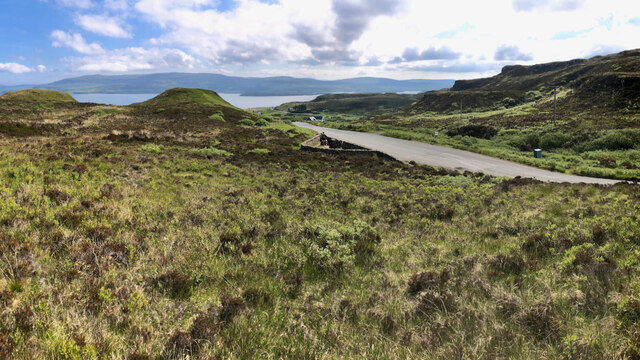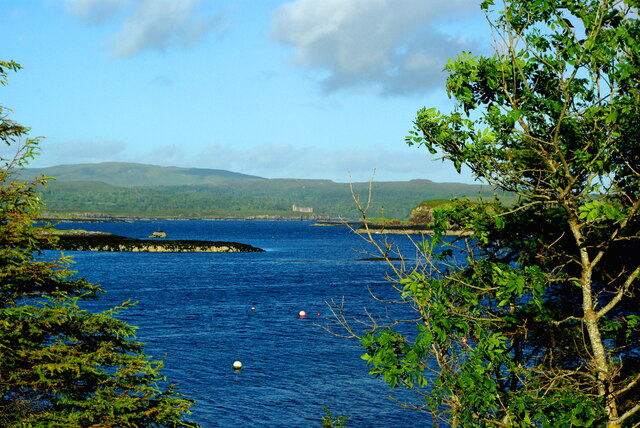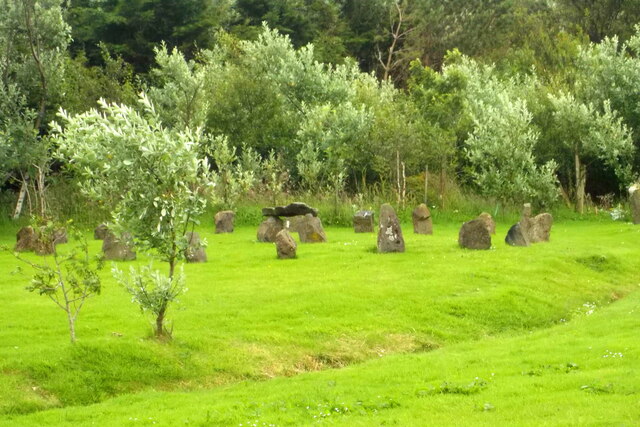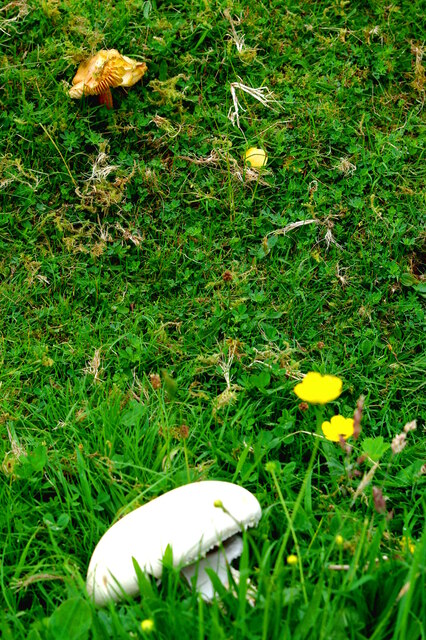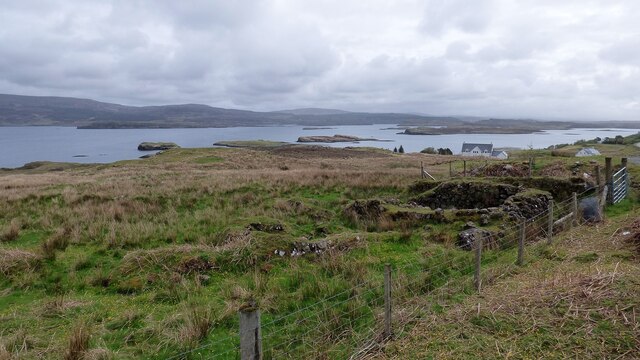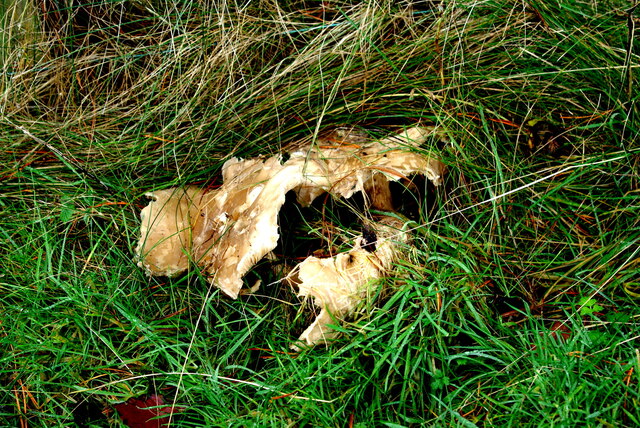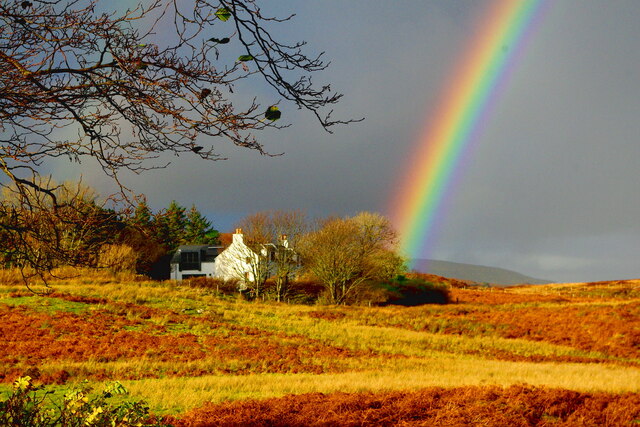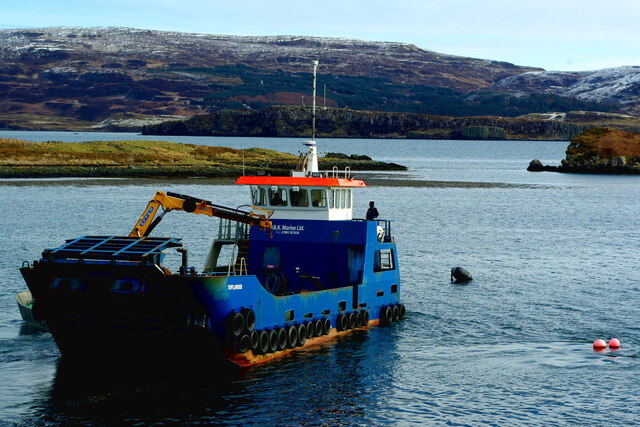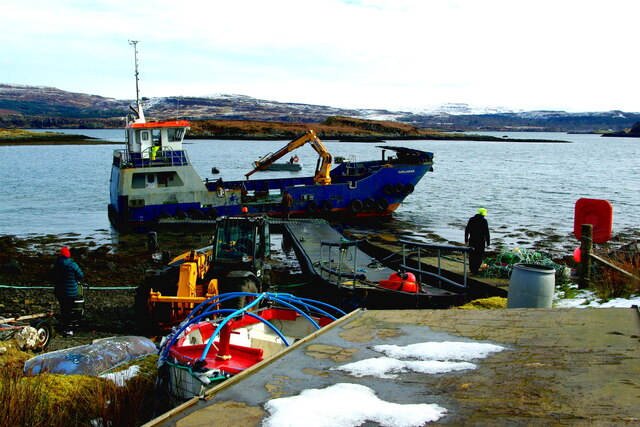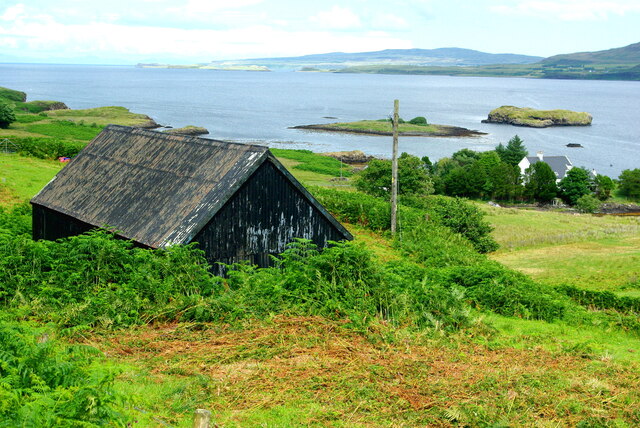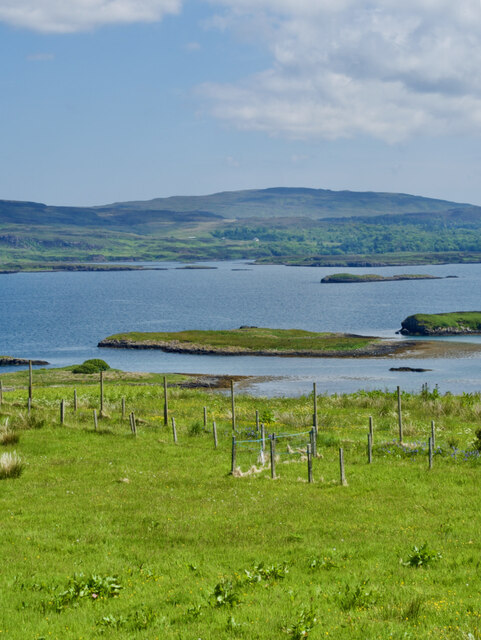Beinn Ghille-Choinnich
Hill, Mountain in Inverness-shire
Scotland
Beinn Ghille-Choinnich
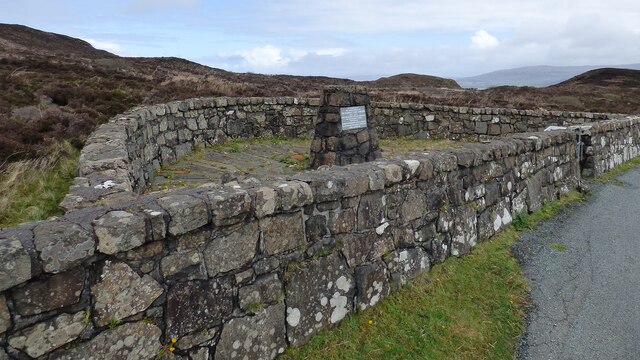
Beinn Ghille-Choinnich is a mountain located in Inverness-shire, Scotland. It is part of the Loch Laggan Hills range and stands at an elevation of 849 meters (2,785 feet). The mountain is known for its rugged and rocky terrain, making it a challenging but rewarding climb for experienced hikers and mountaineers.
Beinn Ghille-Choinnich offers stunning panoramic views of the surrounding Scottish Highlands, including Loch Laggan and the nearby Munros of Creag Pitridh and Geal-charn. The summit provides a breathtaking vantage point to take in the beauty of the surrounding landscape, with its rolling hills, deep valleys, and sparkling lochs.
The mountain is a popular destination for outdoor enthusiasts looking to explore the natural beauty of the Scottish countryside. The steep slopes and rocky ridges of Beinn Ghille-Choinnich provide a thrilling adventure for those seeking a more challenging hike. However, the mountain should be approached with caution, as the weather conditions can change rapidly and the terrain can be treacherous.
Overall, Beinn Ghille-Choinnich is a majestic mountain that offers a true wilderness experience for those willing to brave its rugged landscape.
If you have any feedback on the listing, please let us know in the comments section below.
Beinn Ghille-Choinnich Images
Images are sourced within 2km of 57.438968/-6.6595325 or Grid Reference NG2048. Thanks to Geograph Open Source API. All images are credited.
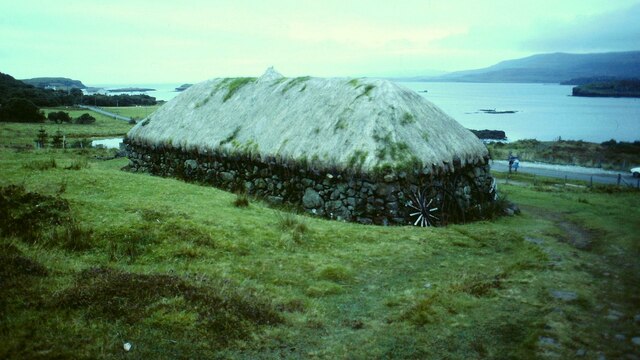
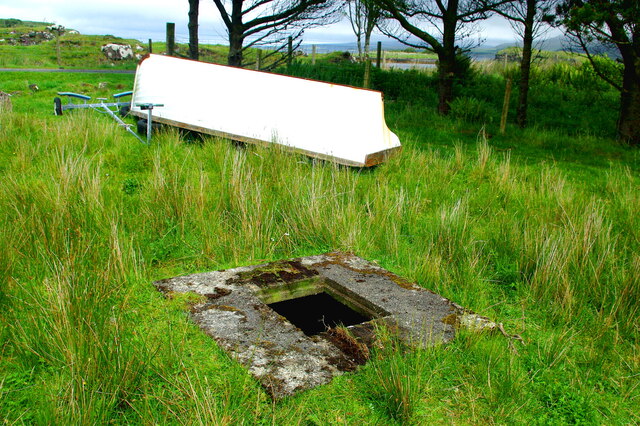
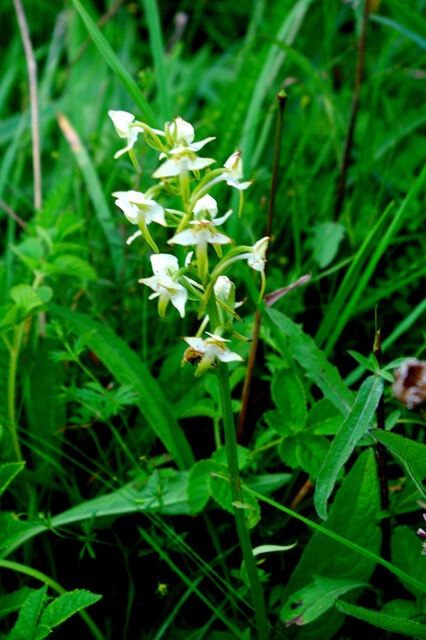
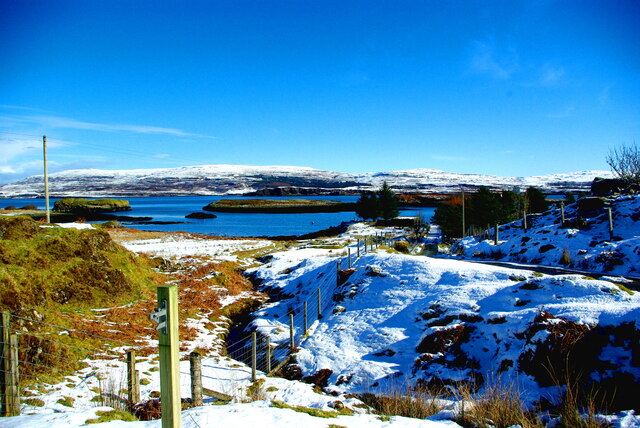
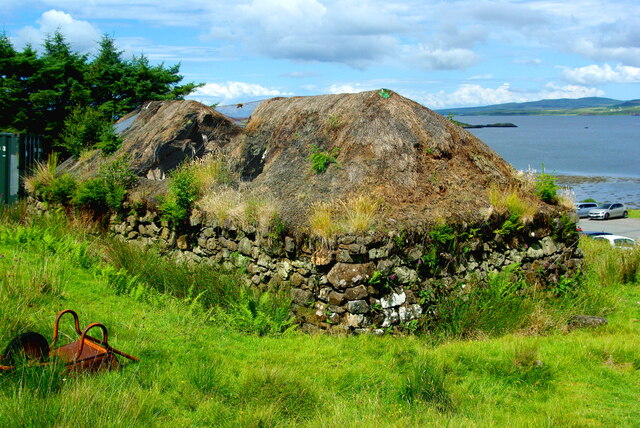
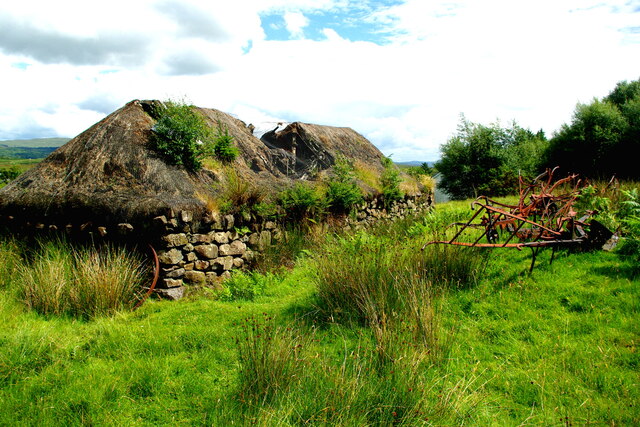
Beinn Ghille-Choinnich is located at Grid Ref: NG2048 (Lat: 57.438968, Lng: -6.6595325)
Unitary Authority: Highland
Police Authority: Highlands and Islands
What 3 Words
///thrusters.crispier.hope. Near Glendale, Highland
Nearby Locations
Related Wikis
Duirinish, Skye
Duirinish (Scottish Gaelic: Diùirinis) is a peninsula and civil parish on the island of Skye in Scotland. It is situated in the north west between Loch...
Colbost
Colbost (Scottish Gaelic: Cealabost) is a scattered hamlet on the B884 road, in the Glendale estate, overlooking Loch Dunvegan on the Scottish island of...
The Three Chimneys
The Three Chimneys is a restaurant in Colbost, Isle of Skye, Scotland. While in operation beforehand, the restaurant came to prominence after being taken...
Fasach
Fasach (Scottish Gaelic: Fàsach) is a crofting settlement in Glendale on the Duirinish peninsula of the Isle of Skye, Scottish Highlands and is in the...
Nearby Amenities
Located within 500m of 57.438968,-6.6595325Have you been to Beinn Ghille-Choinnich?
Leave your review of Beinn Ghille-Choinnich below (or comments, questions and feedback).
